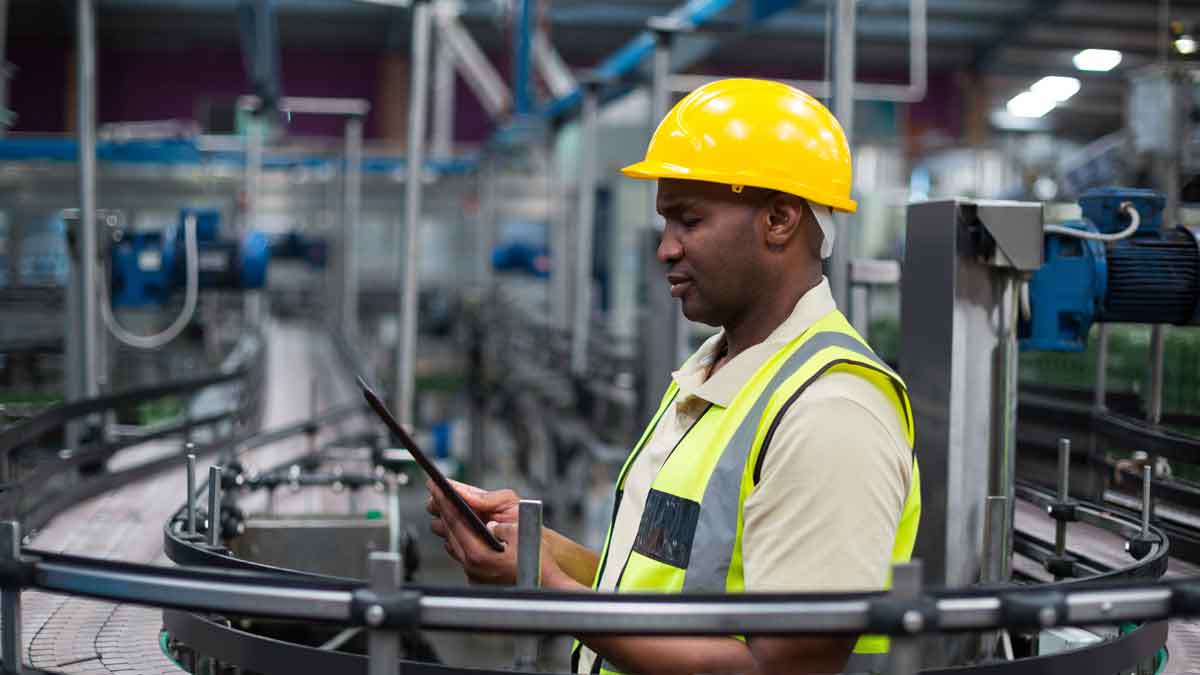The Internet of Things (IoT) is not a new topic of discussion. Nowadays, smart devices are everywhere, from refrigerators to watches and cars, changing our interactions with friends, family, and co-workers. Even though IoT discussions often center on consumer use, there is a tremendous amount of potential for a production line efficiency improvement adoption on the manufacturing shop floor.
Today’s factory bears a small resemblance to the stereotypical image of manufacturing. The days of repetitious assembly lines where workers create part after identical part are over. The modern shop floor is a hub of technology, full of sensors, electronic controls, real-time traceability, and automated equipment.
In addition, these interconnected devices drive efficiency, quality, and flexibility. Here’s where we see the biggest impact of these new connections.
Production Line Efficiency Improvement with IoT
IoT is Great For Quality Control
Factory productivity continues to get BIGGER, as plants produce more and more with ever-increasing efficiency and quality. Moreover, connected tools and machines are a key aspect of these gains.
Take the Internet Protocol twist wrench in the assembly of a complex part, for example, when devices are connected to the cloud, the IP twist wrench captures:
- The torque applied to a specific part.
- The specific wrench that was used.
- The wrench calibration.
- The employee who used it.
Above all, faults can be detected with real-time traceability, and even when they have been missed the cloud can trace every part affected back to the root cause as it improves quality and speed.
IoT Makes For More Customizable Products
As customer demands for products change, manufacturers properly adjust. Automation and the connected factory develop a wider variety of products in smaller quantities more quickly, so, it can answer the market’s increasing demand for near-custom and highly configured products.
As a result, quick, efficient, and flexible computerized machines are guiding the exact requirements for each product in the production line. This is a big change from the old-style “economies of scale” approach that drove mass-produced consumer goods.
IoT Creates Safer Shop Floors
Production line efficiency improvement lies in wearable technologies that have an extraordinary potential to further connect people with plant information, delivering real-time machine and production data to operators and managers on the shop floor.
As importantly, smart devices connected through a cloud ERP system can improve safety. ERP system by enabling people and equipment to see around corners.
As an example, a smart safety vest or Bluetooth will help the program and their operators to see any obstacles, so, it is possible to provide both alerts or even automatically apply brakes to ensure safety.
IoT Is Incredible For Real-Time Traceability
Beyond the four walls of the production line efficiency improvement, the shift to cloud-based software systems allows employees, suppliers, and customers worldwide to see:
- The status of an order.
- Work-in-progress.
- Inventory
- Equipment availability.
- And so on.
The great part about it is that visibility won’t stop when the product leaves the plant, allowing real-time traceability.
Smart devices will communicate with the consumer in new ways, and also be able to stay in contact with the producer for better long-term performance, maintenance, and support. Quality issues not only get service attention but can easily influence future product design.
Connected smart technology and the Internet of Things bring the processes and the products together into a new ecosystem for added customer value.
Click here if you want to learn more about Industrial IoT and Smart Factories!





